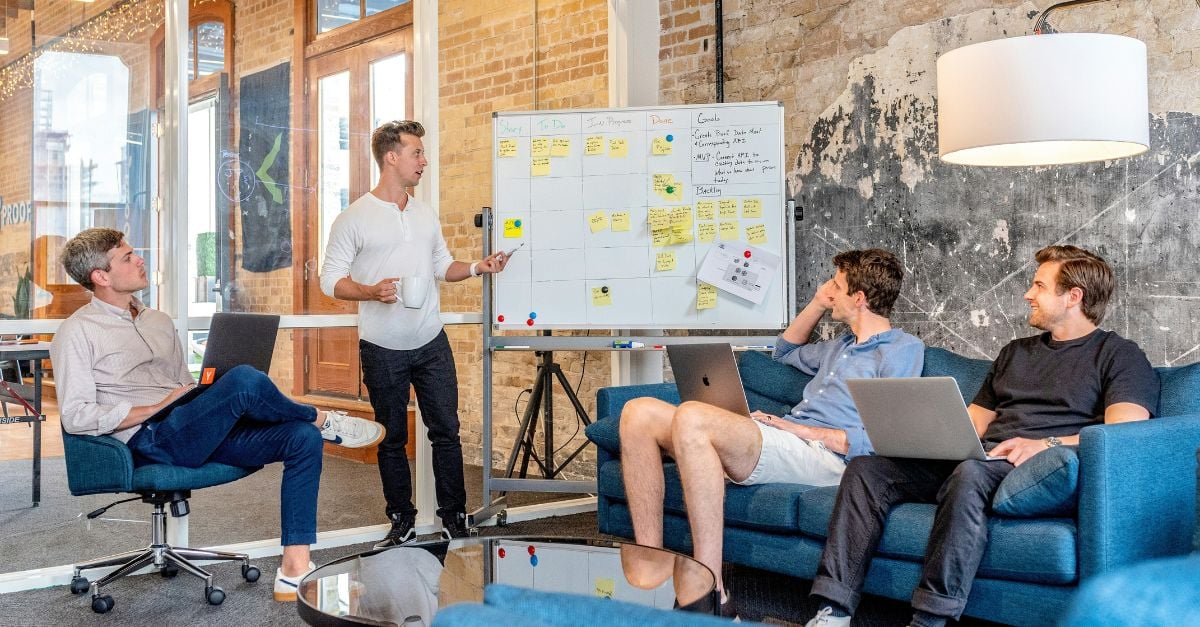11 min read
AutoML in Vertex AI: Understanding the Relationship
AutoML, or Automated Machine Learning, is a suite of tools within Google Cloud's Vertex AI that helps automate various aspects of the machine...
Vertex AI is a fully managed machine learning (ML) platform developed and offered by Google Cloud. As part of the Google Cloud AI portfolio, Vertex AI brings together AI Platform and AutoML services under a unified UI and API to simplify the process of building and deploying machine learning models.
Vertex AI supports all features and models available in AutoML and AI Platform. However, the client libraries don't support integration backward compatibility, meaning you have to plan to migrate your resources to benefit from Vertex AI functionalities.
Let's dive into what you need to know about migrating to Vertex AI so you can harness this platform's new features and service improvements.
As mentioned, Vertex AI is an ML platform developed and offered by Google Cloud. This tool brings together AI Platform and AutoML services so users can move from experimentation to production faster and stay agile in market conditions.
This platform provides a comprehensive set of tools and services that cover the entire ML lifecycle, from data preparation and model training to deployment and monitoring.
Prior to initiating the migration process to Vertex AI, it's crucial to consider the following:
With these considerations in mind, let's explore steps for migrating from AutoML and AI Platform.
The process for migrating from AI Platform is similar:
First, review the differences between AI Platform and Vertex AI here.
Take stock of Google Cloud projects, code, jobs, datasets, models, and users with access to AI Platform. This helps you decide which resources to migrate. You can also ensure the correct users have access to the migrated resources.
Review changes to IAM roles and update service accounts and authentication.
Use the migration tool or Vertex AI client libraries and methods for migration. Don't forget to identify the usage of AI Platform APIs to help determine which applications use them and decide which migration method is best. To do this, go to the APIs and Services Dashboard.
Then, update applications and workflows to use Vertex AI API and features. Don't forget to plan your request quota monitoring!
As mentioned, you can use a migration tool to move your datasets and models to Vertex AI. If this method is right for you, follow these steps:
The migration process itself is free of charge. However, newly created resources resulting from the migration will incur standard Vertex AI pricing. For instance, datasets migrated from AI Platform Data Labeling Service, AutoML Vision, AutoML Video Intelligence, and AutoML Natural Language will be stored in a Cloud Storage bucket, which will incur additional storage costs (see Cloud Storage pricing here).
Following the migration, legacy resources remain accessible for use in AutoML and AI Platform. To optimize resource use and avoid unnecessary expenses, consider decommissioning or deleting legacy resources once you've confirmed the successful migration of your objects.
The migration process involves creating a copy of your existing resources. This means that any changes made to the legacy resource after migration will not be reflected in the migrated resource.
To learn more about pricing, visit the Vertex AI pricing page here.
If you've benefited from Vertex AI features and are looking to integrate the platform further, or you're just beginning your Google journey, look to Promevo for help. Promevo is a certified Premier Partner specializing in all things Google.
From helping teams set up Workspace to providing tailored support for tasks like Vertex AI migration, our experts are seasoned in Google technology and tools. Our goal is to enable you to harness the capabilities of Google and accelerate your company's growth.
We are proud to be a 100% Google-focused partner helping you succeed. Contact us today to get started.
Yes, Vertex AI is HIPAA-compliant. This means that Vertex AI is designed and implemented to meet the security and privacy requirements of HIPAA and that Google Cloud will take appropriate steps to protect health information that is stored or processed on its platform.
Use cases for Vertex AI include:
Meet the Author
Promevo is a Google Premier Partner for Google Workspace, Google Cloud, and Google Chrome, specializing in helping businesses harness the power of Google and the opportunities of AI. From technical support and implementation to expert consulting and custom solutions like gPanel, we empower organizations to optimize operations and accelerate growth in the AI era.

11 min read
AutoML, or Automated Machine Learning, is a suite of tools within Google Cloud's Vertex AI that helps automate various aspects of the machine...

9 min read
Machine learning operations (MLOps) refers to the process of applying DevOps strategies to machine learning (ML) systems. Using DevOps strategies,...

9 min read
In the realm of machine learning, datasets serve as the foundation for building and training effective models. They provide the raw material that...